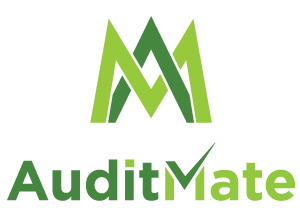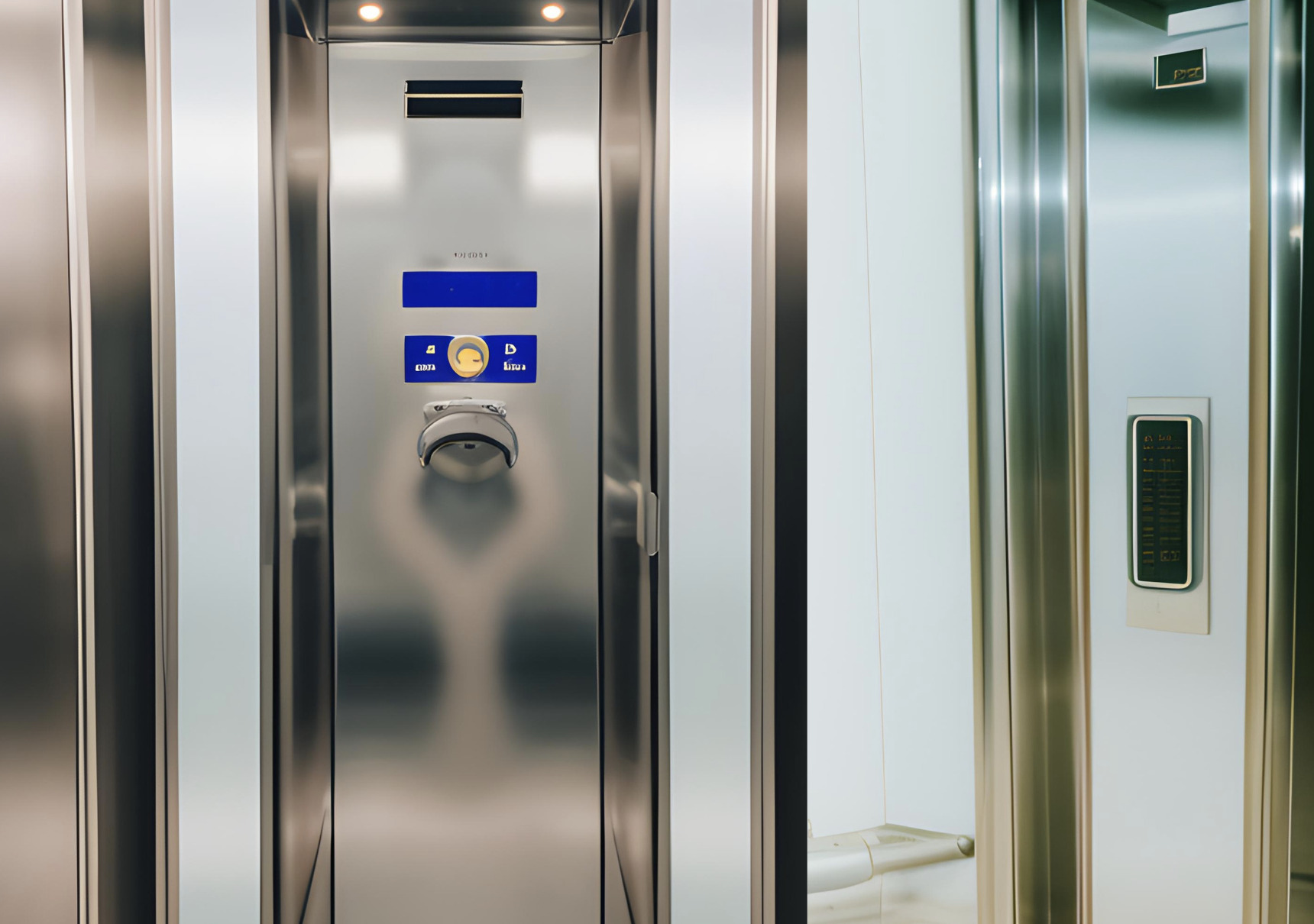The Importance of Elevator Hygiene and Maintenance for Public Health
Imagine your customer stepping into an elevator, ready to start their day or complete an important task. As the doors close, they instinctively reach out to press the floor button, their hand coming into contact with countless others before them. Now, more than ever, prioritizing public health and cleanliness is crucial, especially in high-traffic spaces like elevators. By ensuring effective elevator hygiene and routine maintenance, we not only guarantee smoother operation but also contribute to a safer and healthier environment for those who rely on our elevators every day.
In fact, an elevator’s cleanliness can be a visible indicator of a building’s overall commitment to public health. Research has shown that elevators are some of the highest-risk areas for germ transmission due to their confined space and frequent use. By enhancing hygiene protocols, we can significantly lower these risks and protect our community’s health.
Building managers and owners should understand that this is a critical aspect of their responsibility. High-quality elevators are an investment, but it’s one that pays dividends in the form of client trust and appreciation. This can have a long-lasting impact on a building’s reputation and can potentially influence business and rental decisions. An unclean or poorly maintained elevator can quickly lead to dissatisfaction and concern, whereas the inverse can instill confidence.
Elevator Hygiene and Maintenance: The Twin Pillars of Public Health
Elevator hygiene is crucial for maintaining public health, particularly during periods of increased health risks. Regular sanitization of high-contact areas, such as buttons and handrails, can significantly reduce the potential spread of diseases.
Taking this a step further, the installation of antibacterial surfaces or touchless controls could also contribute significantly to public health. Similarly, implementing clear communication around hygiene efforts can reassure users that their safety is a top priority.
Furthermore, timely elevator maintenance plays a vital role in safeguarding public health. Consistent adherence to maintenance contracts and schedules helps minimize the risk of accidents and enhances safety, contributing to overall public health. In fact, proactive maintenance measures are also an important component in extending the life of the elevator, ensuring it remains a durable, reliable aspect of the building’s infrastructure for years to come.
Harnessing the Power of AuditMate
Implementing a tool like AuditMate in your elevator maintenance strategy can enhance these health benefits. This SaaS-based elevator audit software simplifies vendor management by providing data-driven auditing products. It ensures vendor adherence to the maintenance contract, thereby helping in minimizing the risk of accidents and maximizing uptime.
Aside from maintenance, AuditMate can also help streamline aspects like compliance with industry standards and building regulations, maintaining documentation, and tracking elevator usage trends. All of these can help drive more effective decision-making, potentially leading to cost savings and improved service levels.
Furthermore, through its capabilities, AuditMate helps in averting persistent issues or delays in service response, which can lead to negative customer experiences. By monitoring and enhancing elevator uptime, AuditMate also contributes to improved customer satisfaction. It empowers building managers with the tools to anticipate and swiftly address potential issues, maintaining a seamless experience for users.
The Trade-Off: In-House vs. Outsourced Elevator Maintenance
Deciding between in-house and outsourced elevator maintenance is a significant consideration. While in-house teams can provide control and familiarity, outsourced teams can offer specialized skills and broader experience. However, regardless of your choice, AuditMate can play a critical role in overseeing vendor performance, enhancing safety measures, and improving customer satisfaction.
In either case, an emphasis on regular training and up-skilling can significantly enhance the effectiveness of the chosen team. By staying current with industry advancements and best practices, both in-house and outsourced teams can continue to ensure high standards of elevator hygiene and maintenance, promoting public health.
At the end of the day, the goal of these efforts is to contribute to a safe and welcoming environment for everyone. This is not just a matter of providing a service but about being a responsible member of the community. The peace of mind that comes from knowing that every possible measure is being taken to ensure their safety can greatly enhance the experience of those who rely on these elevators every day.
FAQs
Q1: How does elevator hygiene contribute to public health?
A: Regular sanitization of high-contact areas in elevators, like buttons and handrails, can significantly reduce the potential spread of diseases, contributing to improved public health.
Q2: How can AuditMate improve elevator hygiene and maintenance?
A: AuditMate ensures adherence to maintenance schedules and contracts, reducing the risk of accidents, maximizing uptime, and improving safety. All these factors indirectly contribute to a healthier and safer elevator environment.
Q3: Can AuditMate help improve customer satisfaction in the context of elevator maintenance?
A: Yes, by minimizing elevator downtime and enhancing safety through rigorous maintenance schedules, AuditMate can significantly improve customer satisfaction.
Q4: Does AuditMate aid in making decisions about repair and upgrade proposals?
A: Yes, the data and insights provided by AuditMate allow for informed decision-making on repairs and upgrades, enabling effective management of maintenance costs and potentially extending the lifespan of your elevator equipment.
Q5: Can AuditMate be beneficial for both in-house and outsourced elevator maintenance?
A: Absolutely. AuditMate offers essential oversight into vendor performance and adherence to contracts, enhancing safety measures, customer satisfaction, and delivering long-term benefits, regardless of whether your maintenance is handled in-house or is outsourced.

